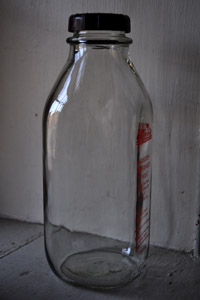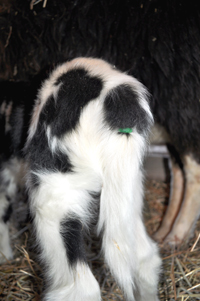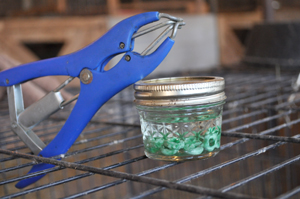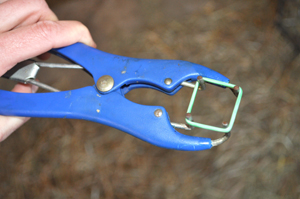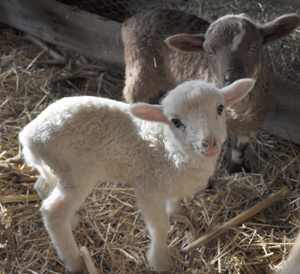Posted by · Leave a Comment
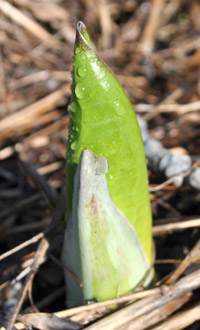 Forget your daffodils and tulips! The real harbinger of spring in these parts? Skunk cabbage.
Forget your daffodils and tulips! The real harbinger of spring in these parts? Skunk cabbage.
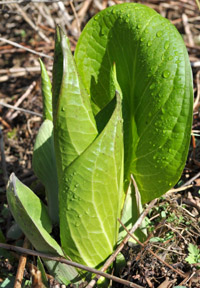 The rhizomes (horizontal underground stems) that anchor this plant can live thousands of years, according to botanists, and no matter where you find eastern skunk cabbage (from Canada all the way to Georgia) the species is the same—meaning it hasn’t adapted to different zones. All it requires are damp/boggy areas which remain wet year-round.
The rhizomes (horizontal underground stems) that anchor this plant can live thousands of years, according to botanists, and no matter where you find eastern skunk cabbage (from Canada all the way to Georgia) the species is the same—meaning it hasn’t adapted to different zones. All it requires are damp/boggy areas which remain wet year-round.
The name comes from the slight odor it gives off that serves as an attractor for pollinators.
Skunk cabbage is also unique in that it sweats. Its “job” is to drink in the water where it’s anchored and expel the moisture into the air. It can do this successfully in the early spring because leaves haven’t fully developed on trees to shade the plants and they can drink in the sunlight as well. However, by mid-summer, the skunk cabbage has become a slimy mess, shaded by full foliage of the woodland areas.
Calcium oxylate crystals in the leaves help to create a heat in the dead of winter which allows the plant to begin its trek up through the frozen surface. It is NOT an edible plant; parts are toxic.
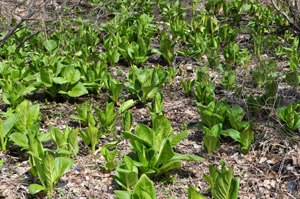 Skunk cabbage has been around for thousands of years—a native wetlands plant. It intrigues everyone from the weekend hiker to the learned botanist. Me? I just like to be reminded spring is right around the corner.
Skunk cabbage has been around for thousands of years—a native wetlands plant. It intrigues everyone from the weekend hiker to the learned botanist. Me? I just like to be reminded spring is right around the corner.
Comments Off on Skunk Cabbage

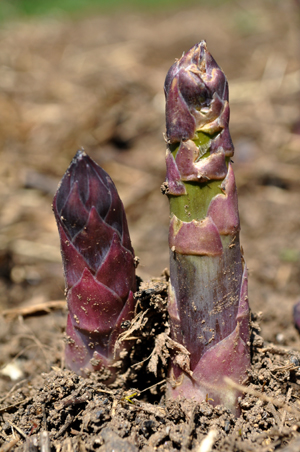 The day I visited Barb Dietrich at Oley Valley Organics a few weeks ago, it was still pretty chilly. That was probably a good thing because had I waited to schedule our little chat, chances are she’d be knee-high in asparagus weeding, harvesting, or both, right now!
The day I visited Barb Dietrich at Oley Valley Organics a few weeks ago, it was still pretty chilly. That was probably a good thing because had I waited to schedule our little chat, chances are she’d be knee-high in asparagus weeding, harvesting, or both, right now!